Audio is as effective, if not more effective, as video: Arjun Kolady, Spotify
Digital audio is following the same trajectory of growth as digital video, observes Arjun Kolady, Head of Sales, Spotify India. As part of an OTT audio streaming platform, Kolady is expected to be bullish about the growth of audio platforms, however, he makes a compelling case.
Read Also: Wavemaker wins E-commerce mandate for Mondelez India
The company shared an internal pitch deck with select media, which showed that 2-3 powerful factors combined, led to explosion of digital video advertising. Linear broadcast was challenged by video on demand and digital video now accounts for 27 per cent of total watch time (time spent across all video assets), intrusive ads gave way to skippable ads, the pay and spray approach to advertising gave way to targeting and personalisation and the immeasurable became measurable.
Kolady points out that 34 per cent video ad spends got to digital video even though time spent is still at 27 per cent. Digital video is over-indexed, which is driving down the cost of advertising on video. When you compare that with audio, ad spends are at $1.6 billion – a fraction of the $16 billion opportunity that it represents.
According to estimates by e-marketer, the audience for digital audio is expected to surpass radio this year. Time spent is already at a significant level with the average digital listener spending 2.5 hours a day listening to audio content.
The same factors that enabled the growth of digital video advertising are expected to boost audio advertising, like better broadband connectivity, higher mobile penetration and widespread broadband. If Smart TVs are attributed to the rise of OTT viewing, then car play devices, voice-enabled home speakers, and wearables will have the same impact on OTT audio streaming.
Thus, “It is a good time for marketers to invest in digital audio platforms”, affirms Kolady. He adds, “In discussion with marketers, business leaders, advertisers, a lot of similar concerns are raised, which we want to address in this presentation.”
Power of Audio
For me, a lot of music discovery happens by first hearing it on TV shows, films and advertisements, after which I promptly do a Google search and discover the right tune on YouTube uploaded by some blessed user. That’s exactly how I discovered ‘Kokomo’ that was played in the first episode of ‘Space Force’ on Netflix; ‘Baba O’Riley’ played in ‘Stranger Things’; ‘Feel like I’m Drowning’ by Two Feet played on ‘The Morning Show’ on Apple TV; and ‘Bella Ciao’ on ‘Money Heist’.
Spotify shared data on the search volumes for the keyword ‘Bella Ciao’ once Netflix announced the show ‘Money Heist’. There was a whopping 1647 per cent growth in search volumes.
Obviously, a lot of discovery is now happening via OTT audio streaming platforms and this presents a unique opportunity for marketers of films and TV shows to target intent of users.
Marketers concerned about audio not having the same impact as visual storytelling have another thing coming, as Kolady rebuffs, “There are real metrics to prove that audio is as effective, if not more effective, as video. The truth is we still don’t completely understand how the brain processes audio.”
Spotify shares metrics to illustrate the power of audio, (data by Nielsen), brands that leverage audio ad see an 87 per cent uplift in recall, 46 per cent lift in awareness, and 100 per cent lift in both metrics when combined with video. The company shares that although the user is listening to audio content, they offer advertising solutions in audio, display, video and native to advertisers.
These ads are generally not longer than 30 seconds, however, their effectiveness is determined by the creative solutions deployed by brands who have seen some outstanding results. When brand Schweppes decided to leverage the power of audio ads and created a unique ‘Schwepperverscence’ sound to aid in brand recall they saw some exciting results.
Another unlikely brand, ‘Marie Claire’, a women centric international monthly magazine, launched a ‘silent’ campaign on the platform, combined with display advertising to highlight the issue of domestic violence.
They also partnered with Warner Bros and HBO to create a 3D audio ad to promote the launch of Season 6 of the popular series ‘Game of Thrones’. This created a theatre like sound experience for the listener, greatly improving the impact of the ad.
If you’ve kept track of the company in the news, you would know that they have been on an acquisition spree for podcasting content. They brought ‘The Joe Rogan Experience’ podcast on their platform and will also feature a series of narrated scripted podcasts around DC superheroes after inking a deal with Warner Bros. In India, they recently inked a licensing deal with Awaaz.com for their top podcasts.
Kolady highlights, “41 per cent people trust podcasts endorsements more because they support and trust the host of the podcast. 81 per cent are more likely to act to recommendations made in podcasts.” In a sense, podcasts hosts are Influencers.
The platform supports programmatic dynamic ad insertion in podcasts and is experimenting with interactive ad formats. “Spotify is offering solutions across digital branding, performance marketing, targeting and personalisation,” says Kolady.
What does it mean for brands?
Wavemaker India and their clients were first businesses in India to partner with Spotify on their platform. According to Shekhar Banerjee, Chief Client Officer and West Head, Wavemaker India, “The platform attracted a discerning audience with the ability to spend.”
Banerjee observes that the audio listener is a serious user, who is coming to the podcast to listen to subjects that he/she is passionate about. Time spent on podcasts is significantly higher than on music streaming and most brands prefer to go the branded content route to reach the listener. For any brand looking for top of mind awareness like FMCG categories, the platform is not a natural fit. In fact, categories that want to drive consideration like BFSI have been early adopters of the platform, where some players have partnered with creators to produce branded content on investor education.
Banerjee says that, “Clients who took a personalised approach to communication on Spotify saw a 35 per cent higher effectiveness. When you adopt a personalised approach in video, then you have to produce several video assets and the cost of production goes up. Personalisation via audio ads is much more cost effective.”
“Brands have to figure out what their digital identity means on audio platforms if they wish to stand out,” he concludes.
The New Normal
Kolady believes that advertisers who need to reach their audiences at the right place at the right time, might want to take a better look at audio channels. “A user wearing headphones while streaming their favourite music or podcasts will not look at visual OOH displays, leading to a lost opportunity for advertisers,” he said.
Mobile is the primary device for music streaming, but Kolady observes that it has also become a remote leveraged by users to discover and navigate through various podcast content. Before the lockdown, the peak streaming hours were during the morning and evening, which mostly coincided with the commute hours. Now, Kolady observes, “Every day is a Sunday”, which means that listening is spread more evenly throughout the day.
Consumption trends observed on the platform:
- Primary reason why users listened to podcast content is for reflection, education and entertainment
- Podcast consumption has increased significantly
- Podcast consumption is spread evenly throughout the day (time spent is less concentrated and more evenly distributed)
- Sharing playlists and favourite music has become a marker of social activity. Users are gathering around music



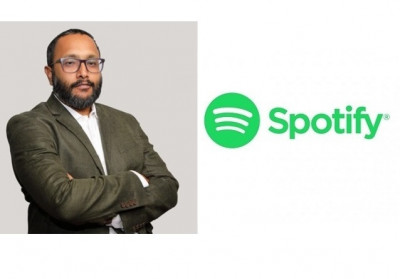

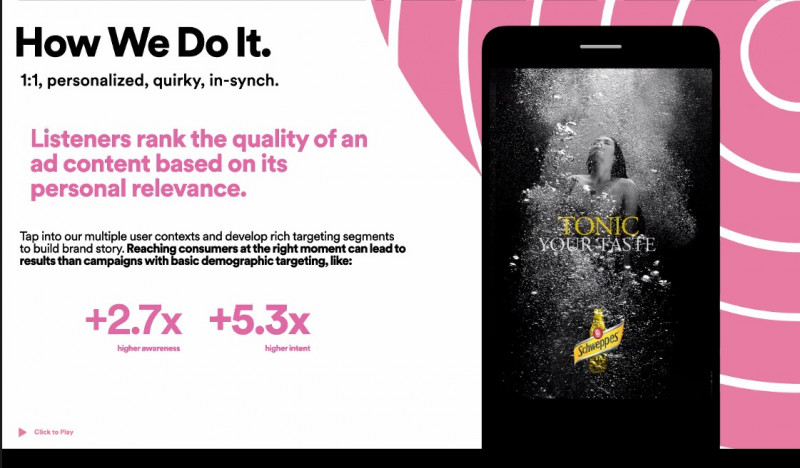


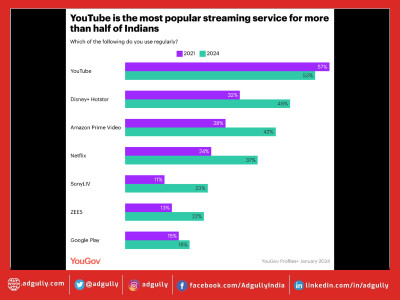
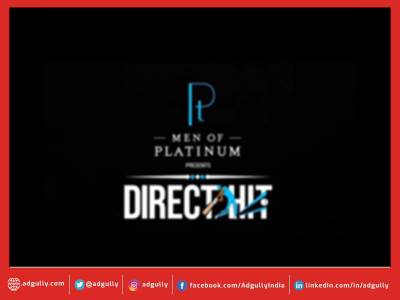
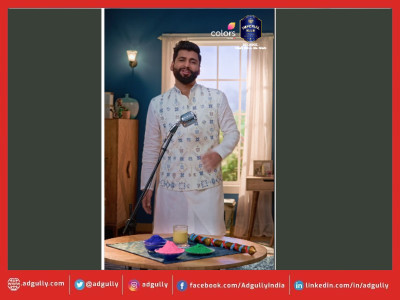
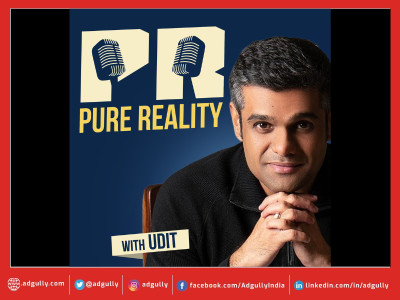
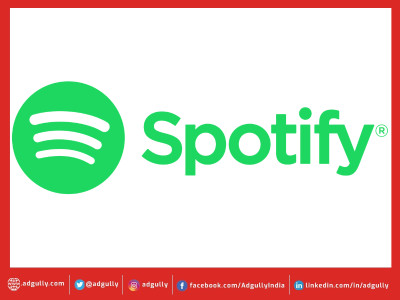
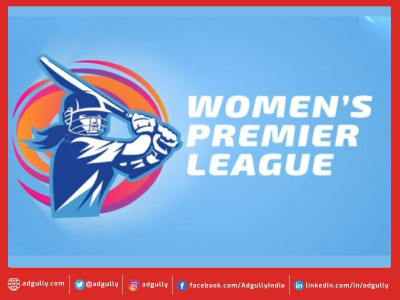
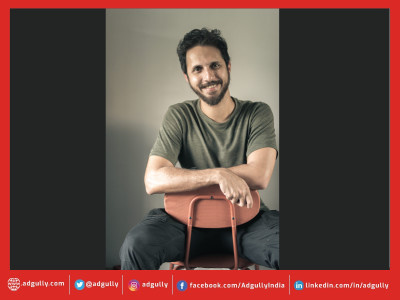

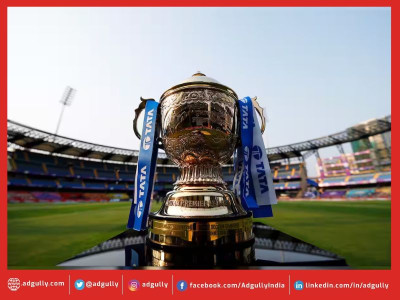
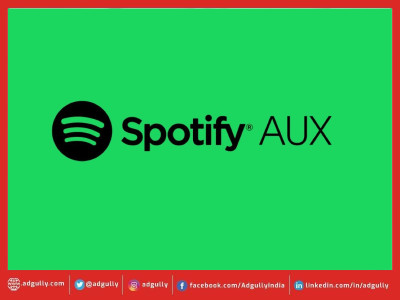


Share
Facebook
YouTube
Tweet
Twitter
LinkedIn